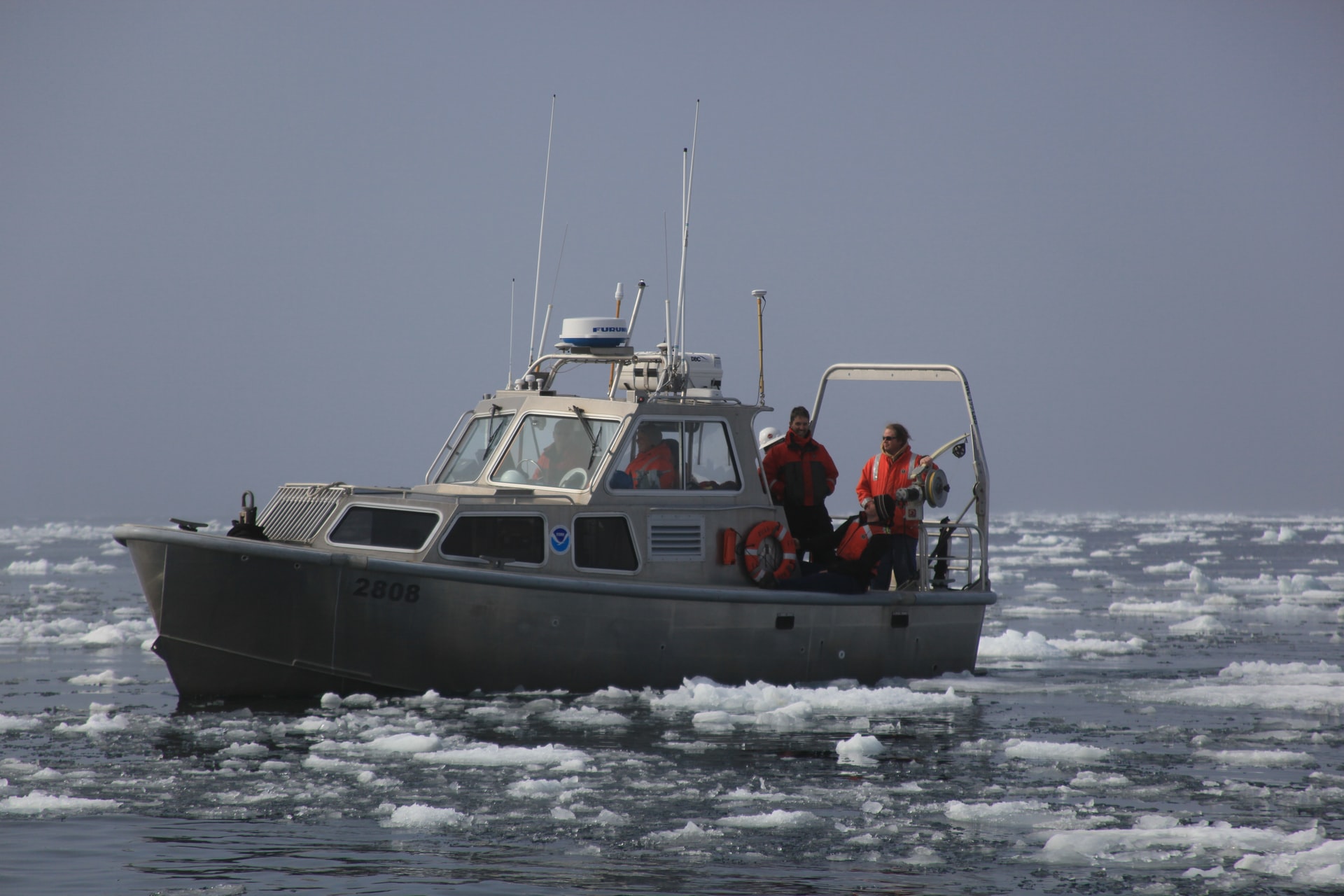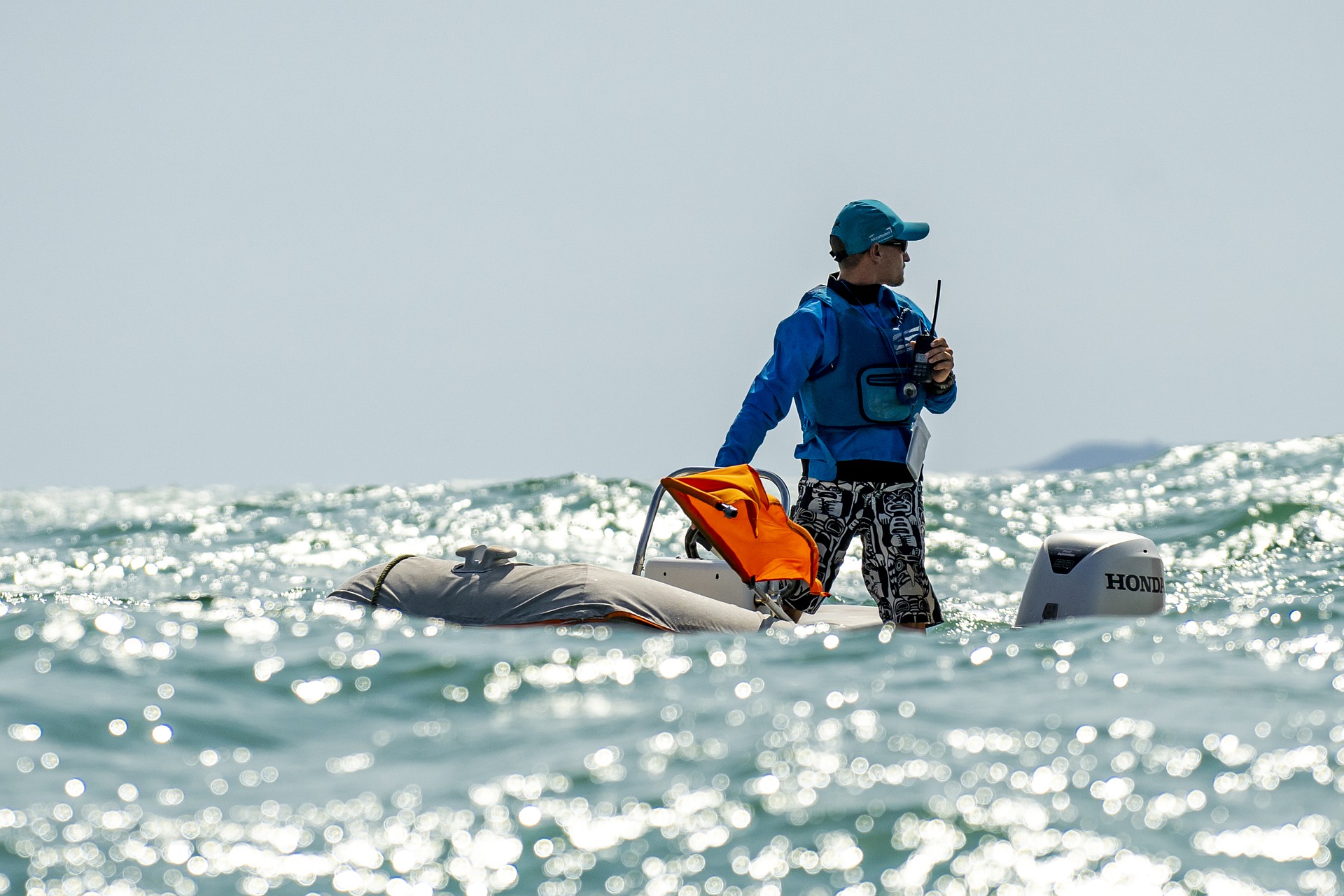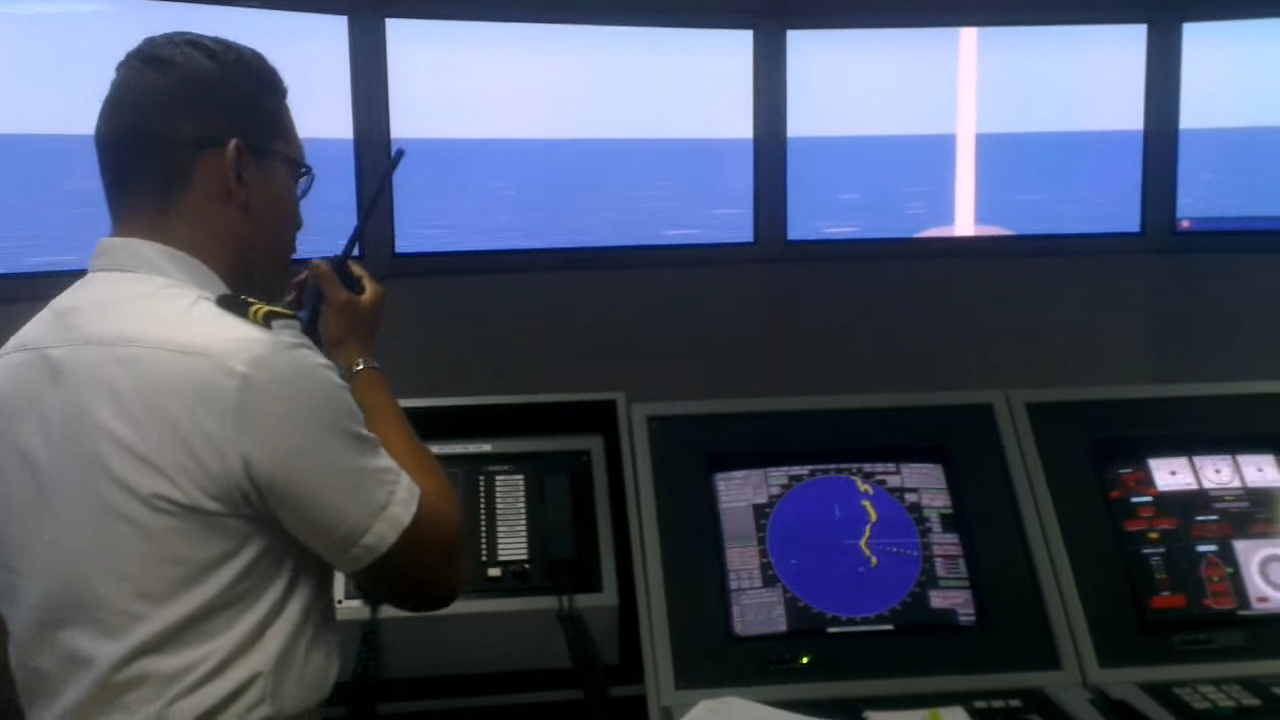AIS operational factors

AIS is a tool to reduce the hazard of collision with another vessel, and from a small-boat standpoint, this basically means not placing your vessel in the path of another. Both the International Regulations for Avoiding Collision at Sea (commonly called COLREGS) and the U.S. Inland Navigation Rules spell out the maneuvers required of all vessels when avoiding collision. Correctly interpreting AIS information to accomplish this requires a working knowledge of AIS characteristics.
From an operational standpoint, its useful to have an understanding of the timing and content of messages that AIS transceiver-equipped vessels transmit. However, the format and presentation of the information you actually see is determined by the type of display you are using on your own boat. This can be a simple textual display of the transmitted data, a radar-like display with the range and bearing of AIS targets, or a more detailed view of traffic displayed directly on a digital chart, complete with past tracks and course predictors.

AIS transmissions can be received using standalone AIS receivers. The characteristics of an AIS receiver may not be the same as those used with certified AIS systems, and its important to know what, if any, differences you might encounter with a specific receiver. Some AIS receivers can receive only on one AIS channel at a time, even though you may be able to select either channel for use. AIS transmissions are sent by alternating between the two AIS channels, so a single-channel receiver will only receive every other message sent. The result is slower updating of any targets position as it moves. Also, depending on make and vintage, some AIS receivers cannot decode and display information received from the newer AIS-B systems, so these vessels wont show up on the display at all.

In day-to-day operation, there are significant differences between radar and AIS traffic displays, and its a mistake to think that AIS is an acceptable substitute for radar. Obviously, rocks and obstructions never transmit AIS information, but neither do military vessels and a high percentage of the worlds small craft.
System integrity is another consideration. If your onboard radar system is functioning normally, it will provide you with information about any target that can reflect radar frequencies. On the other hand, even though you have a fully functional AIS device, you are still dependent on the messages transmitted by other AIS devices, and they do fail. We have seen several instances of intermittent or just plain missing AIS transmissions from larger commercial vessels that were presumably required to have operational AIS installed.






